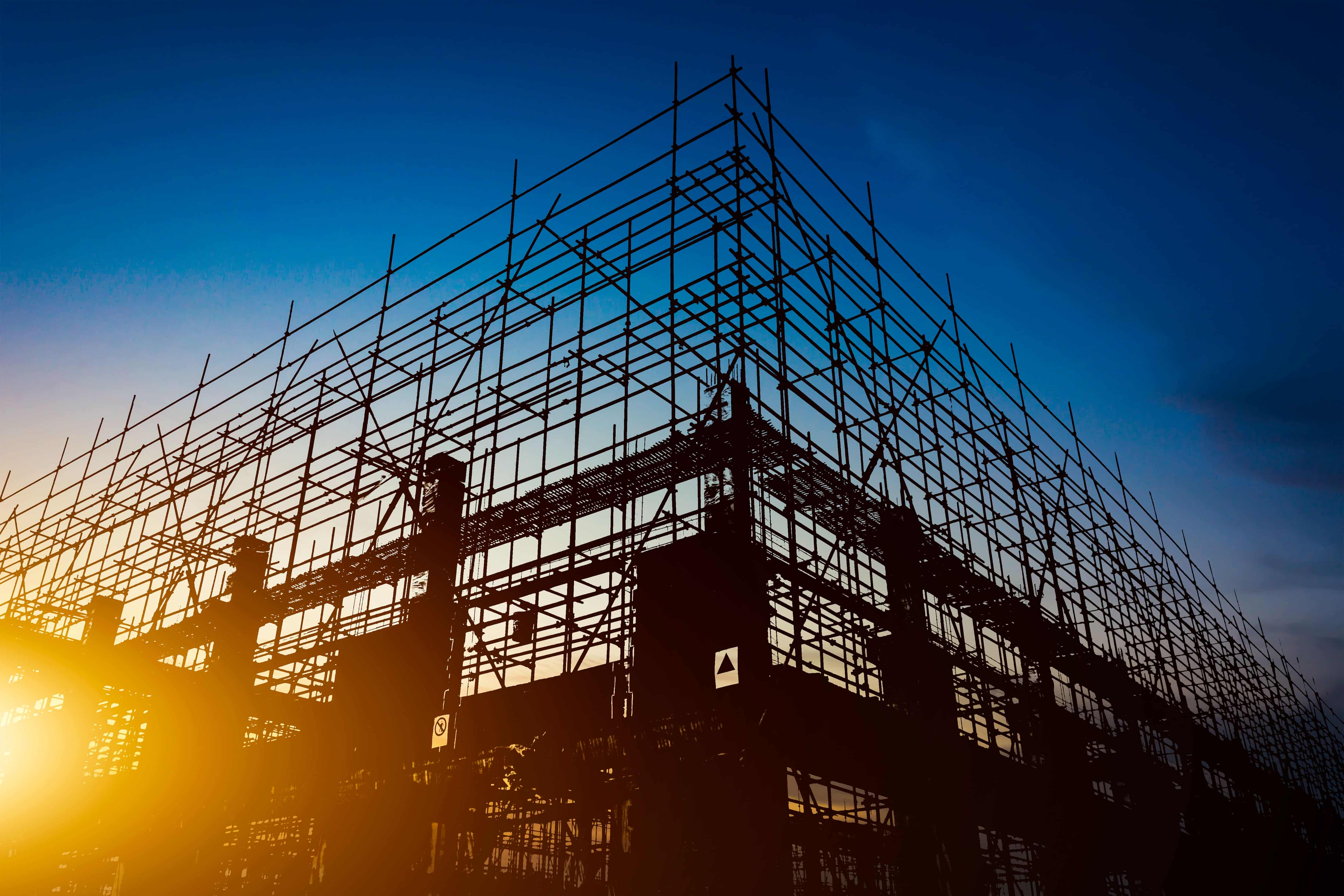
Seismic Retrofitting
Seismic retrofitting is the process of strengthening existing structures to resist seismic forces in the event of an earthquake. In regions like India, where earthquakes are a significant concern, retrofitting is crucial for ensuring the safety and stability of buildings, bridges, and other infrastructure. The goal of seismic retrofitting is to improve the structure’s ability to absorb and dissipate seismic energy, preventing or minimizing damage during an earthquake.
The process involves assessing the building’s current condition, identifying vulnerable areas, and then applying various strengthening techniques to improve its seismic performance. Common methods of seismic retrofitting include adding shear walls, reinforcing columns and beams, improving foundations, and installing dampers or base isolators to reduce the effects of ground motion. These techniques are designed to make the structure more flexible and resistant to seismic forces.
In India, many older buildings, especially those built before modern seismic codes were established, are at high risk during earthquakes. Seismic retrofitting can significantly increase the safety of these buildings by improving their resistance to shaking, lateral forces, and torsional movements. Additionally, retrofitting may be required when buildings are being renovated or expanded, to ensure that they meet current safety standards.
Seismic retrofitting not only saves lives but also helps preserve valuable infrastructure and reduces the economic impact of potential earthquake damage. It is a highly effective solution that ensures the continued stability of buildings, whether residential, commercial, or industrial. Working with experienced engineers and contractors is essential to ensure that retrofitting is done effectively and in compliance with local regulations and seismic codes.